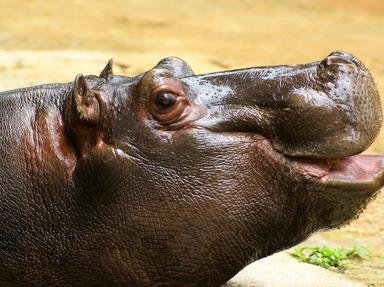Quiz Answer Key and Fun Facts
1. If I were a quoll, which of these creatures would I be?
2. If I were a yellow jacket, what flying insect would I be?
3. If I were an alfonsino, which of these would I be?
4. If I were an Australian bittern, what would I be?
5. If I were a tiger keelback, what would I be?
6. If I were a gharial, what would I be?
7. If I was a Hydrophis, what genus of marine creature would I be?
8. If I were known as a lion's mane, what type of marine creature would I be?
9. If I were an English spot, what breed of animal would I be?
10. If I were a tarsier, what would I be?
Source: Author
wenray
This quiz was reviewed by FunTrivia editor
Tizzabelle before going online.
Any errors found in FunTrivia content are routinely corrected through our feedback system.

